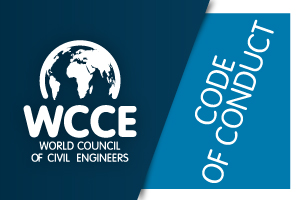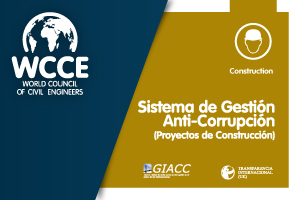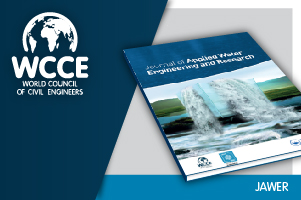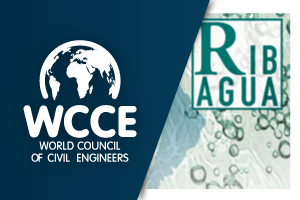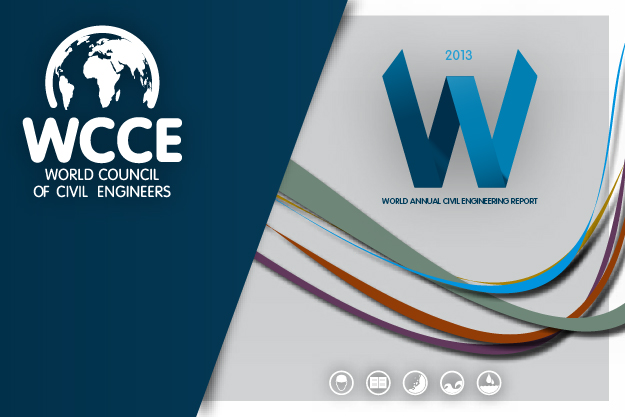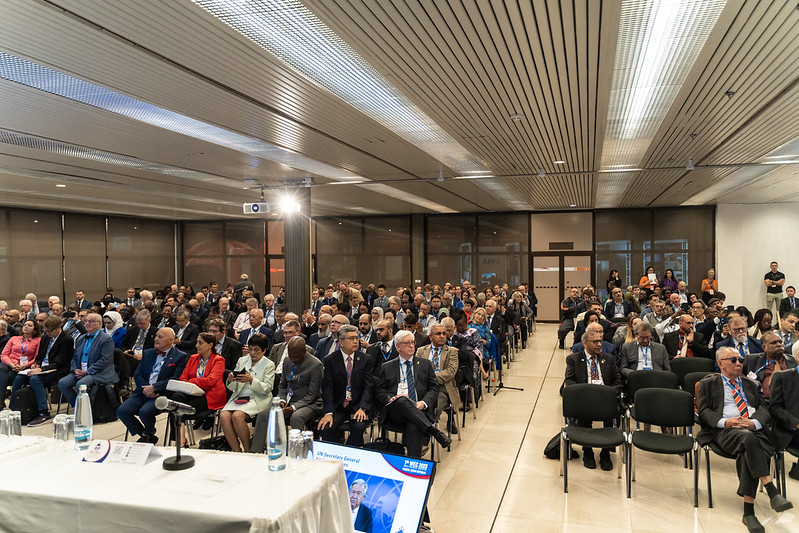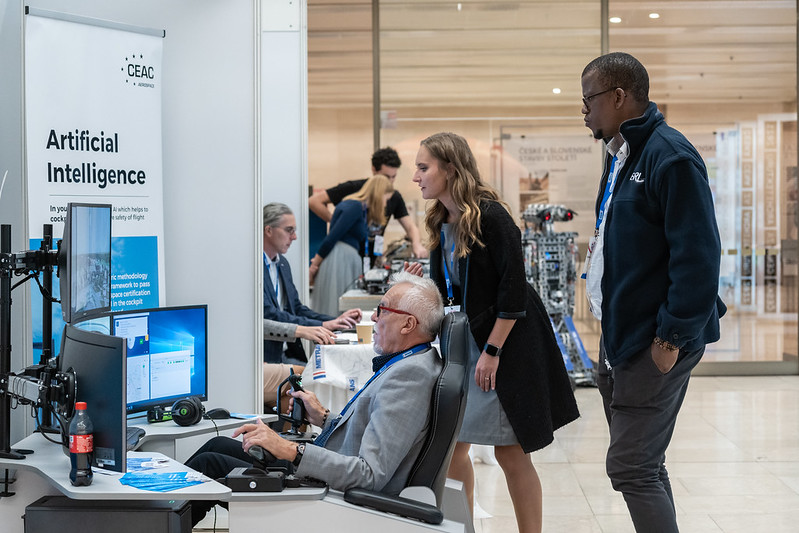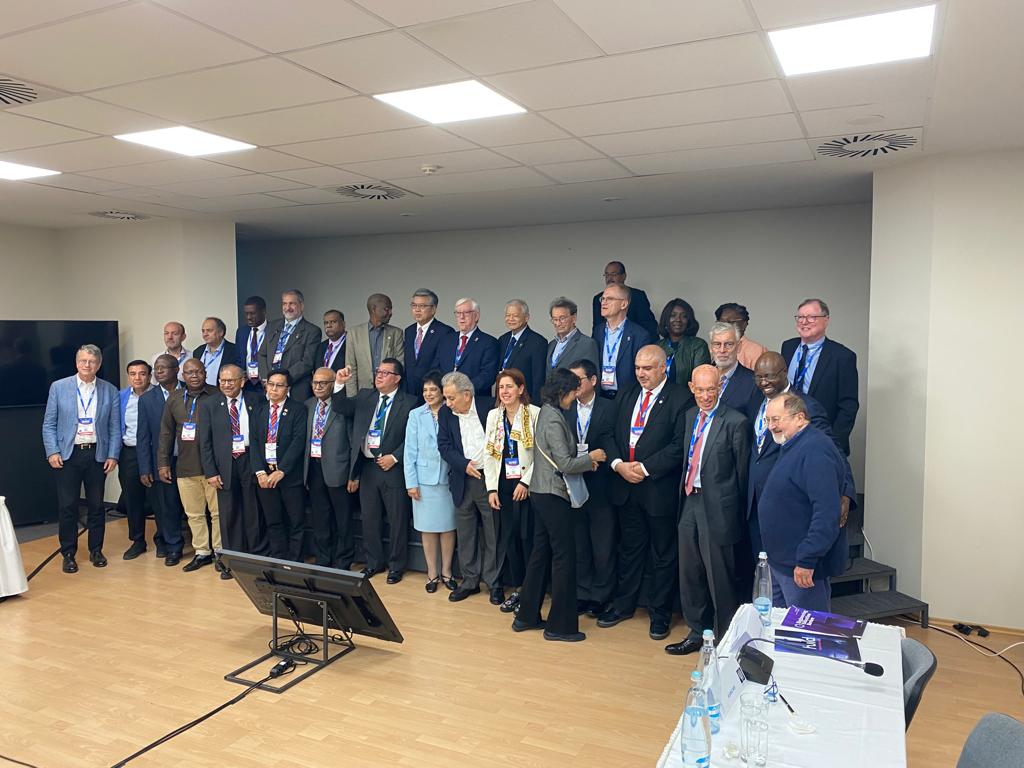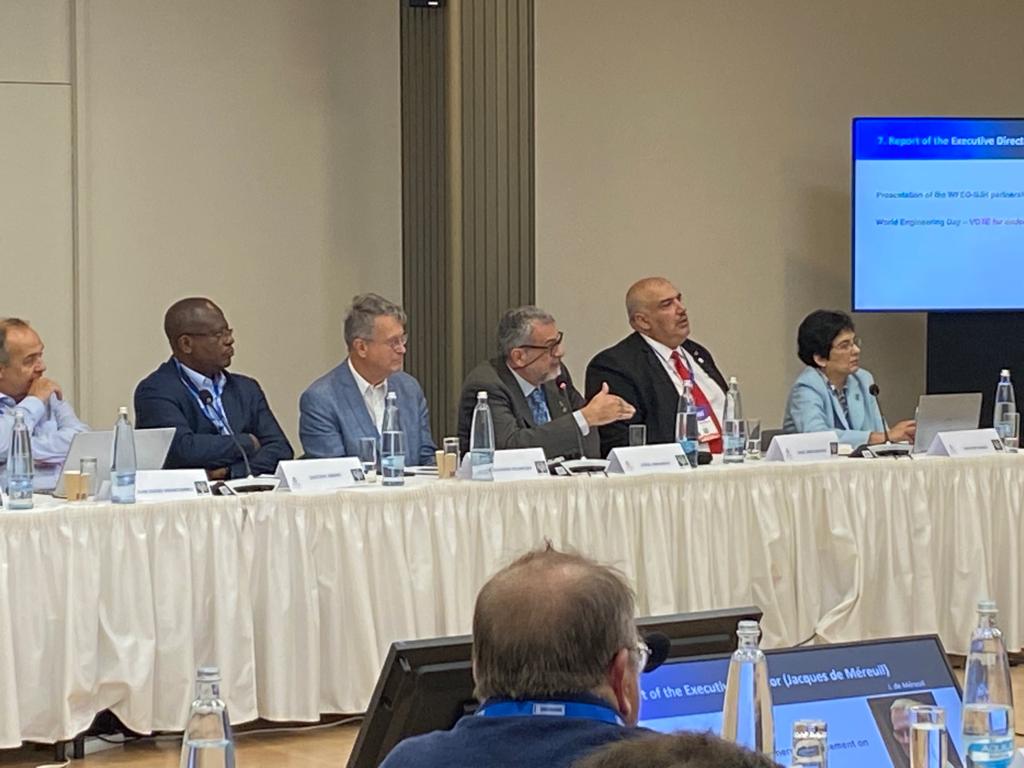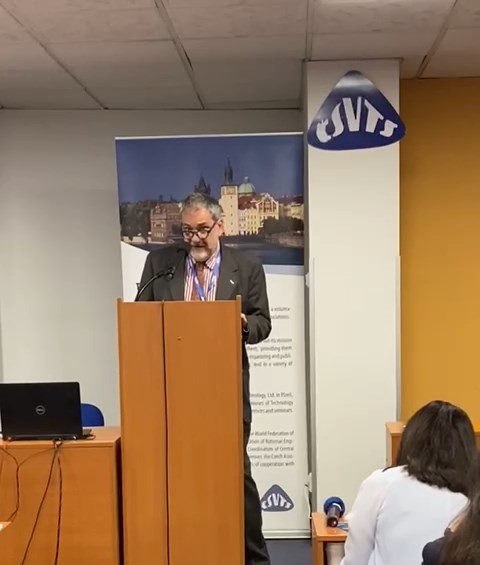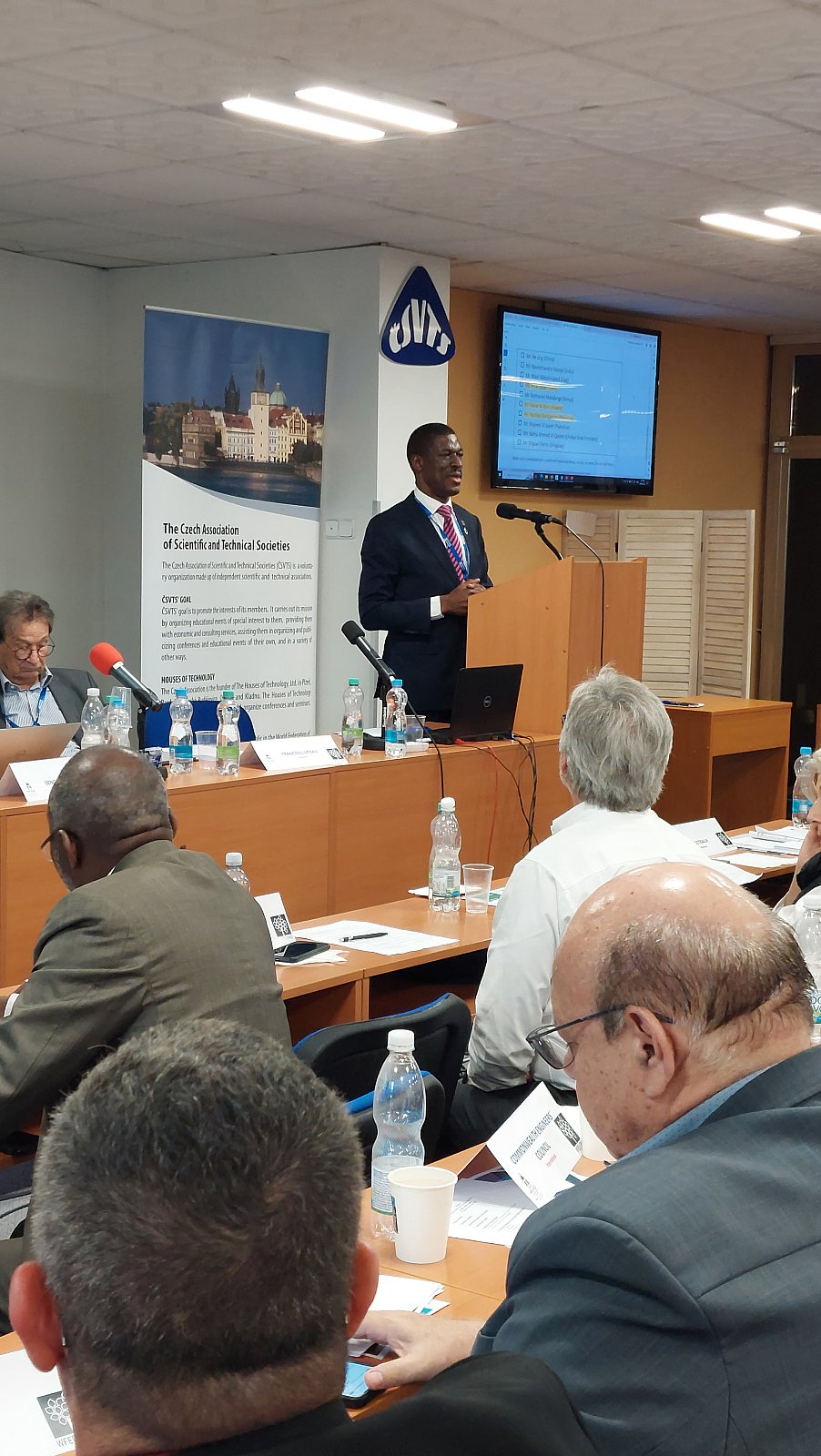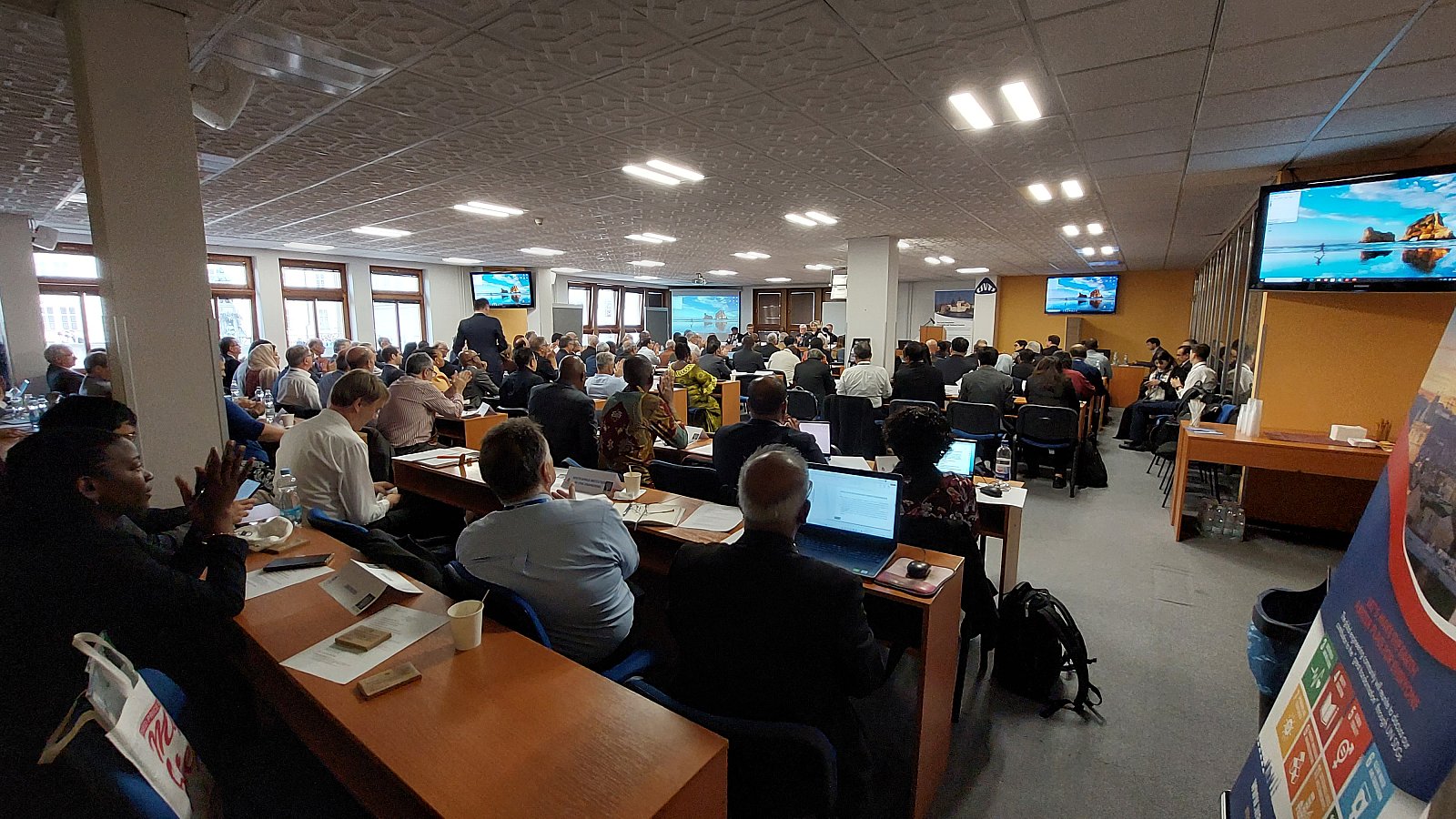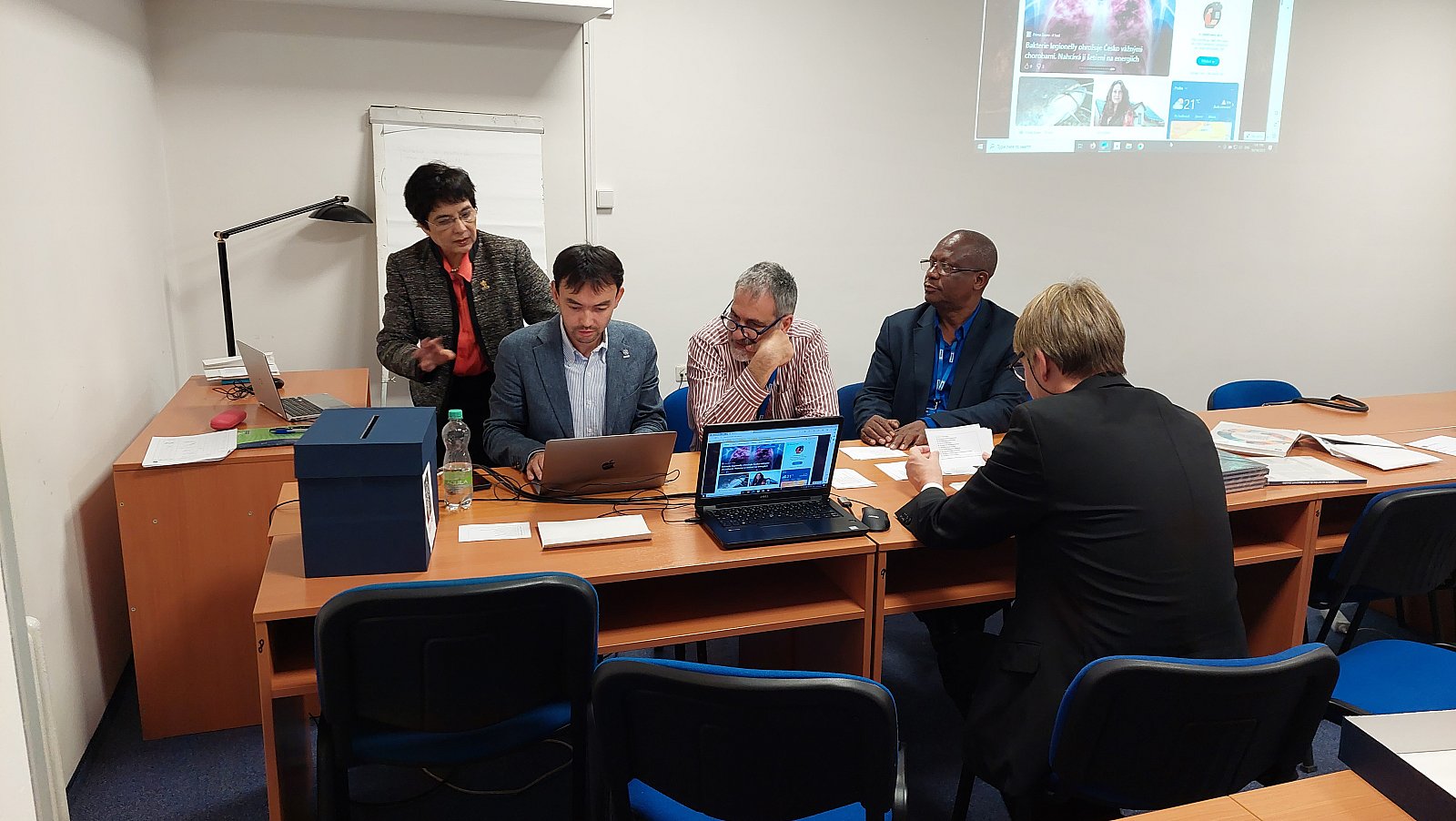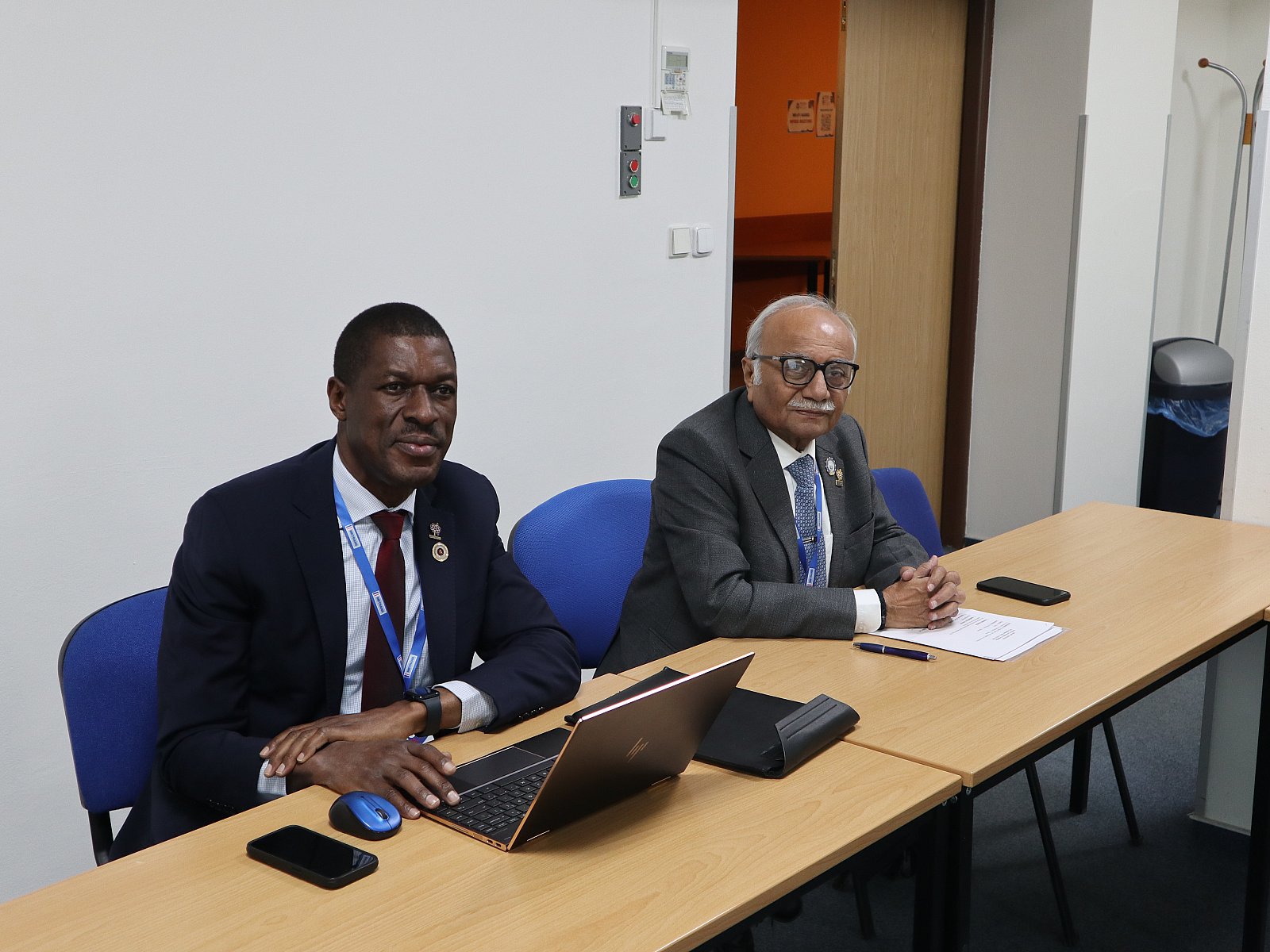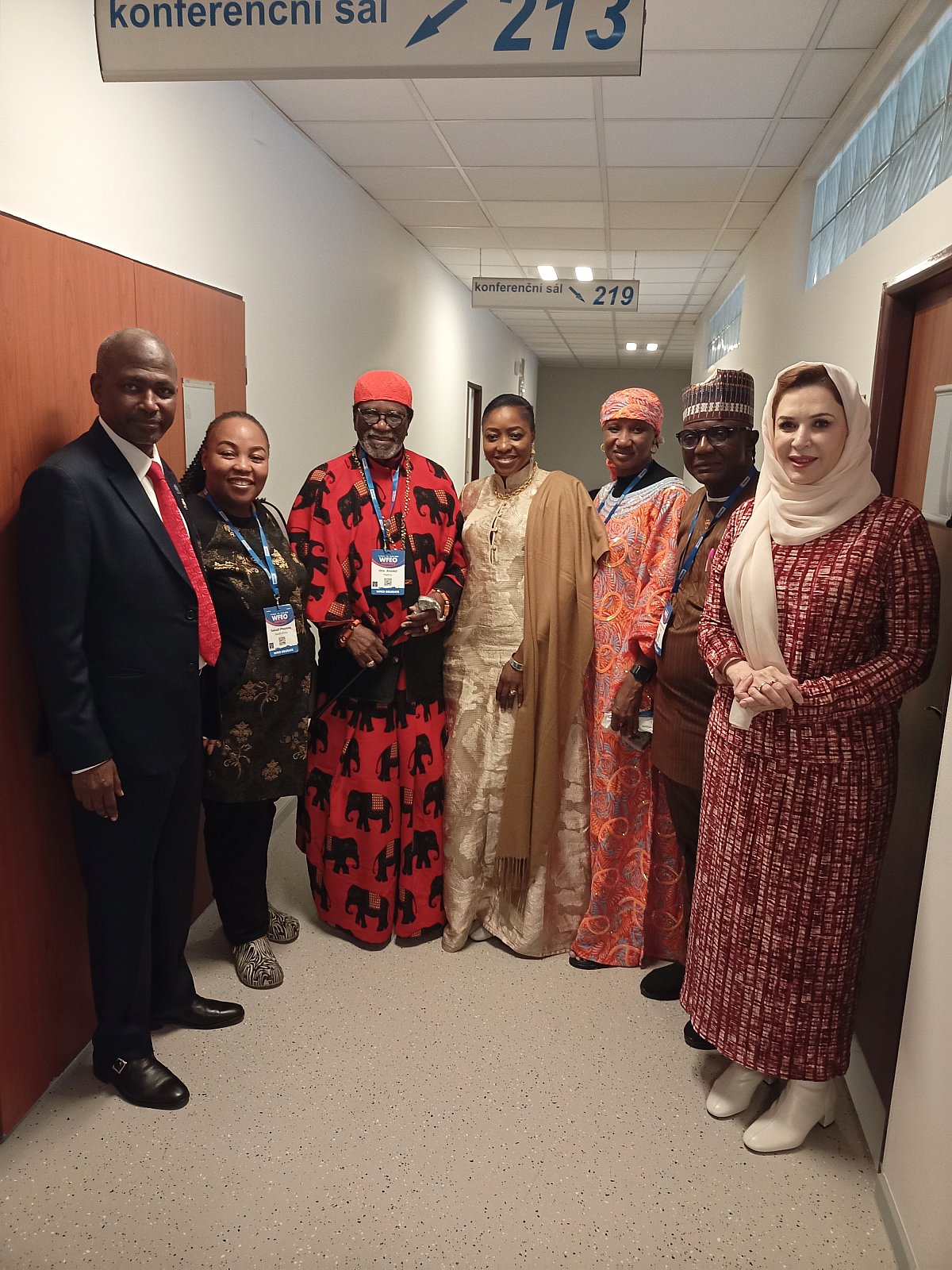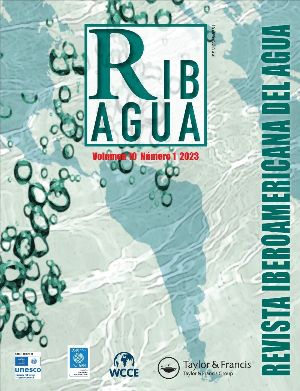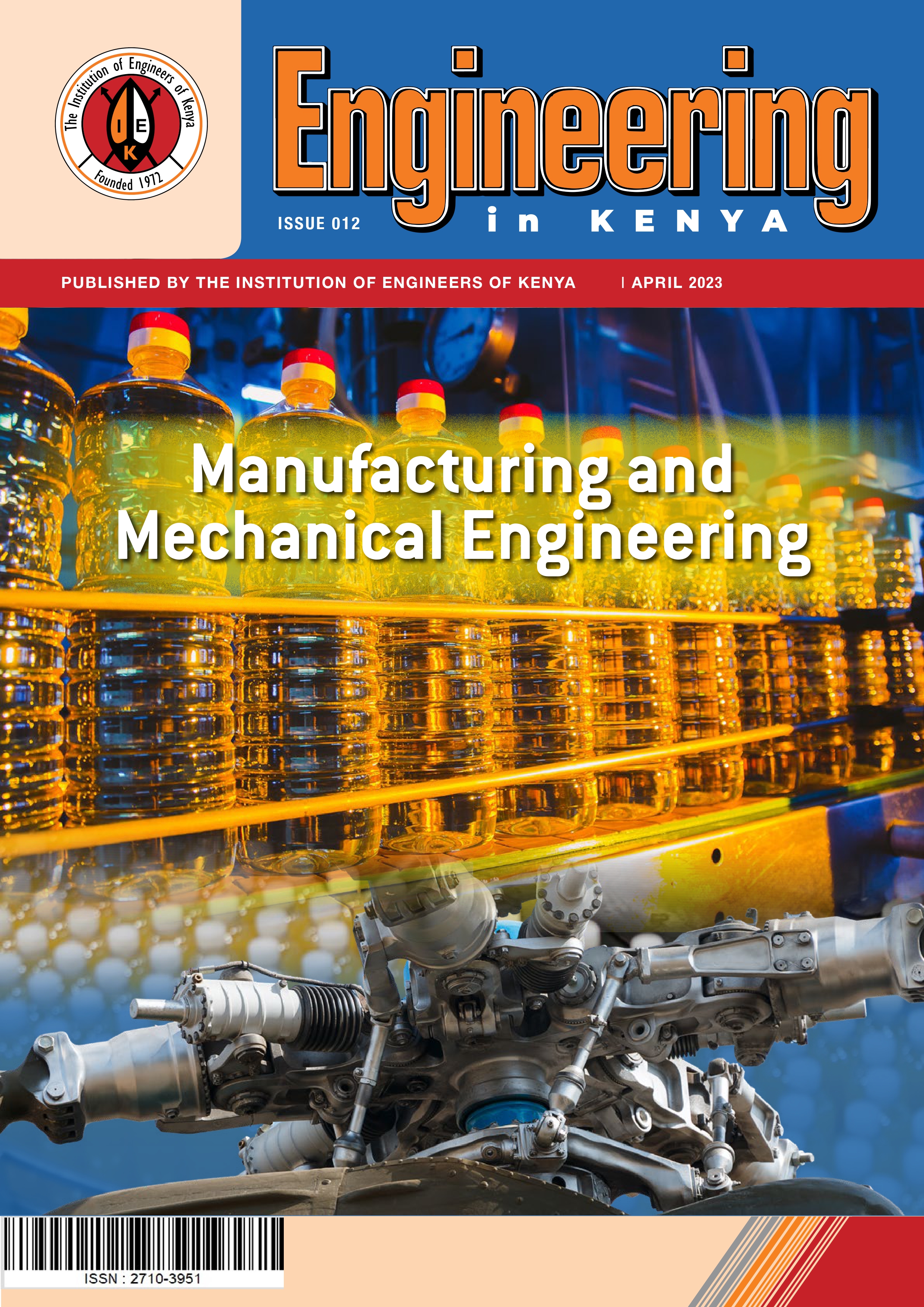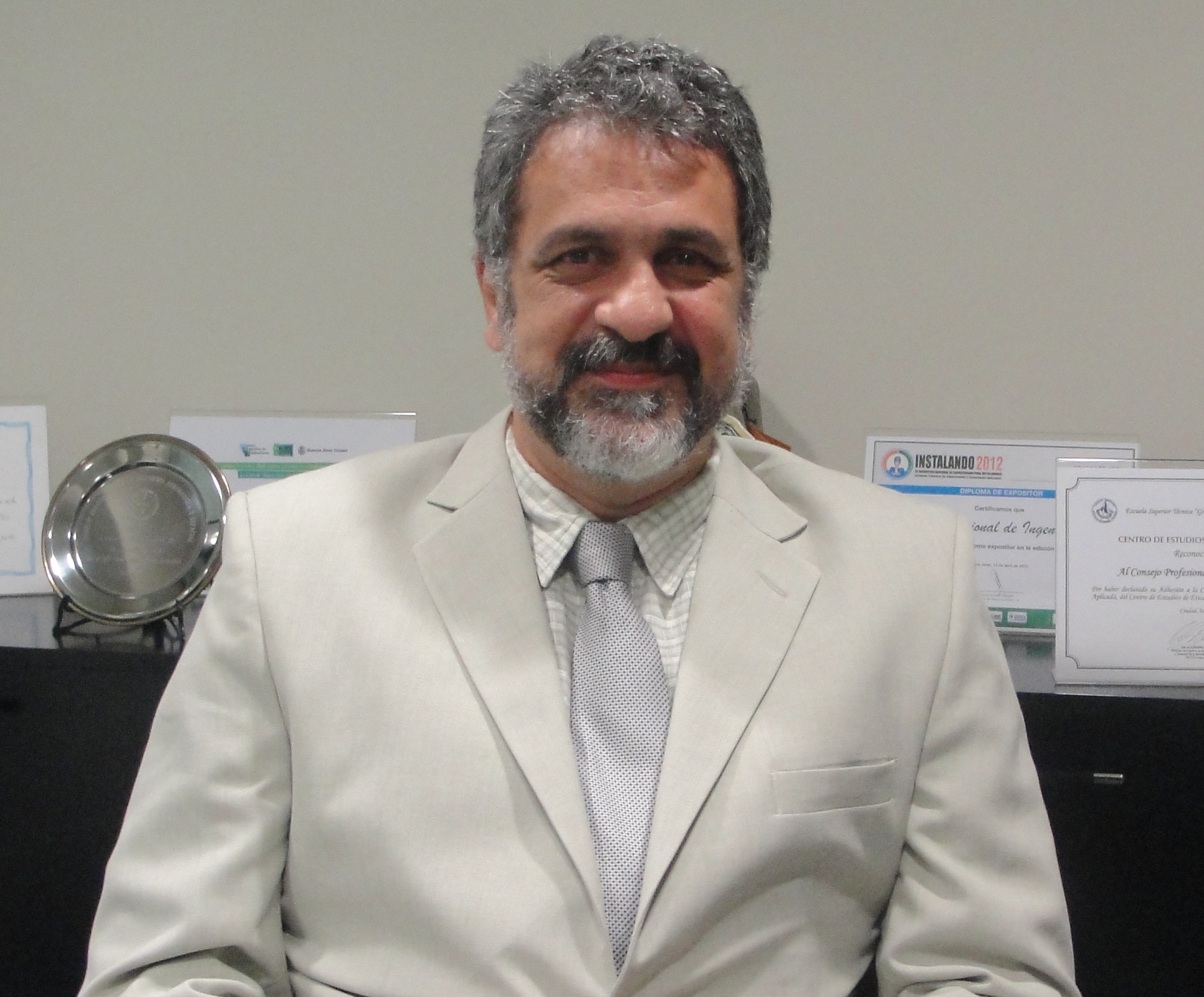 Almost every day we hear striking news related to natural hazards and their disastrous consequences. Such news immediately calls public attention and breaks the news all over the world. Looking at the screen, we civil engineers can see how very often the forces of nature are many times amplified by circumstances that could have been conveniently addressed by humans. The question, then, is whether the general public and the policymakers are conscious that civil engineers can help to mitigate and even eliminate most of the consequences.
Almost every day we hear striking news related to natural hazards and their disastrous consequences. Such news immediately calls public attention and breaks the news all over the world. Looking at the screen, we civil engineers can see how very often the forces of nature are many times amplified by circumstances that could have been conveniently addressed by humans. The question, then, is whether the general public and the policymakers are conscious that civil engineers can help to mitigate and even eliminate most of the consequences.
For instance, we can remember the collapse of an apartment building in Florida, apparently due to wrong maintenance. Very different from it, we also learned about the hard consequences of the earthquake in Turkey. Both cases are different faces to the same coin: lack of maintenance and poor planning. Many other cases may not be so spectacular, but they hit the local news every day in one country or another.
The 3S ECCE-WCCE joint initiative relies on United Nations' Sustainable Development Goal 11, which commits to make cities and human settlements inclusive, safe, resilient, and sustainable. And the 3S manifesto, which claims for Safe, Sound, and Sustainable buildings ties everything together:
- There will not be smart cities without smart buildings, and there will not be smart buildings without Safe, Sound, and Sustainable Buildings.
- Aging buildings are not only old, but compliant to old codes. And I mean from the structural standpoint as well as from the ancillary facilities. New and old buildings must meet the standards. This problem added to the lack of housing constitutes a huge challenge.
- Challenges that are suited to civil engineers.
I’m very happy that WCCE is involved in this initiative.


